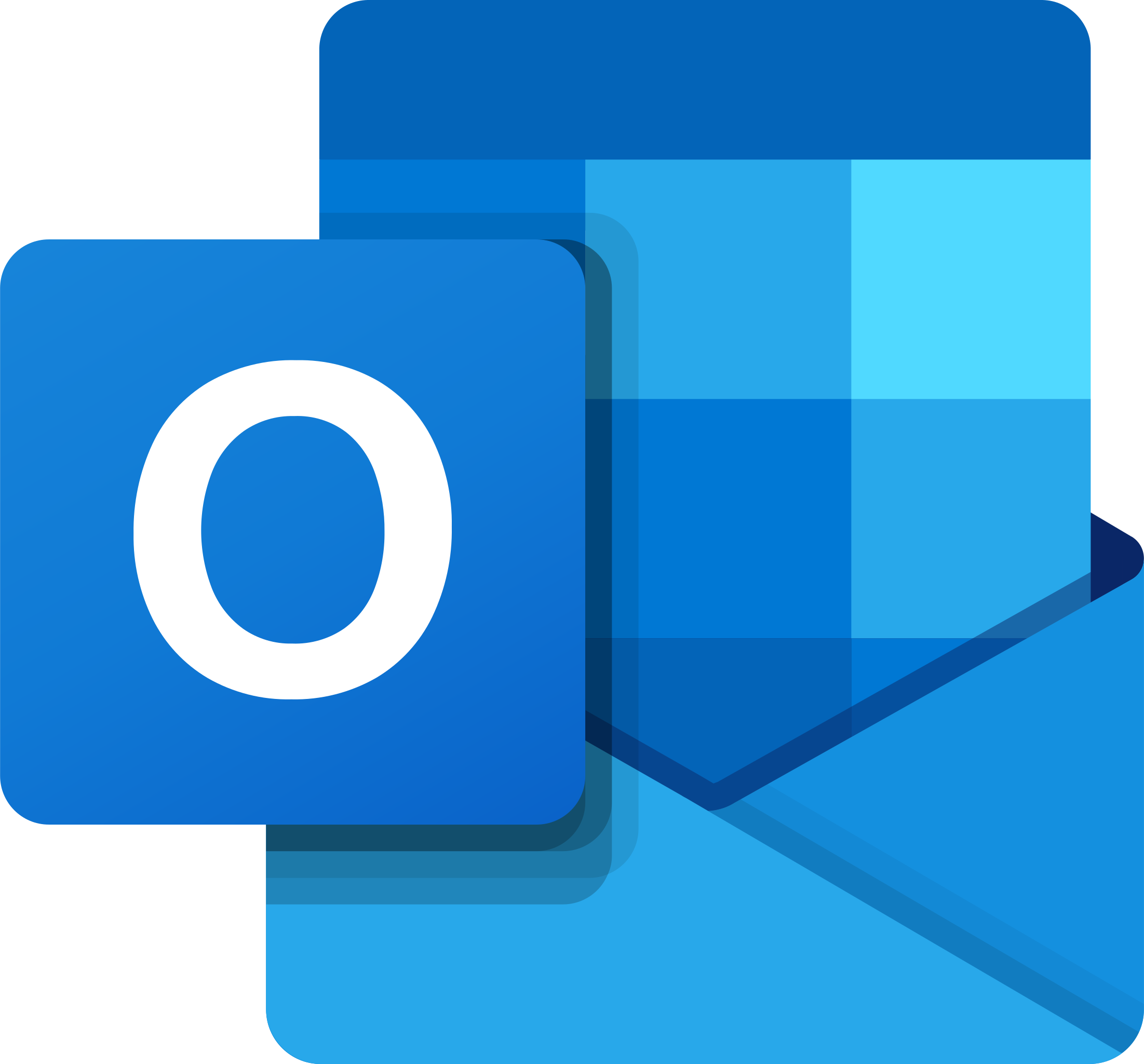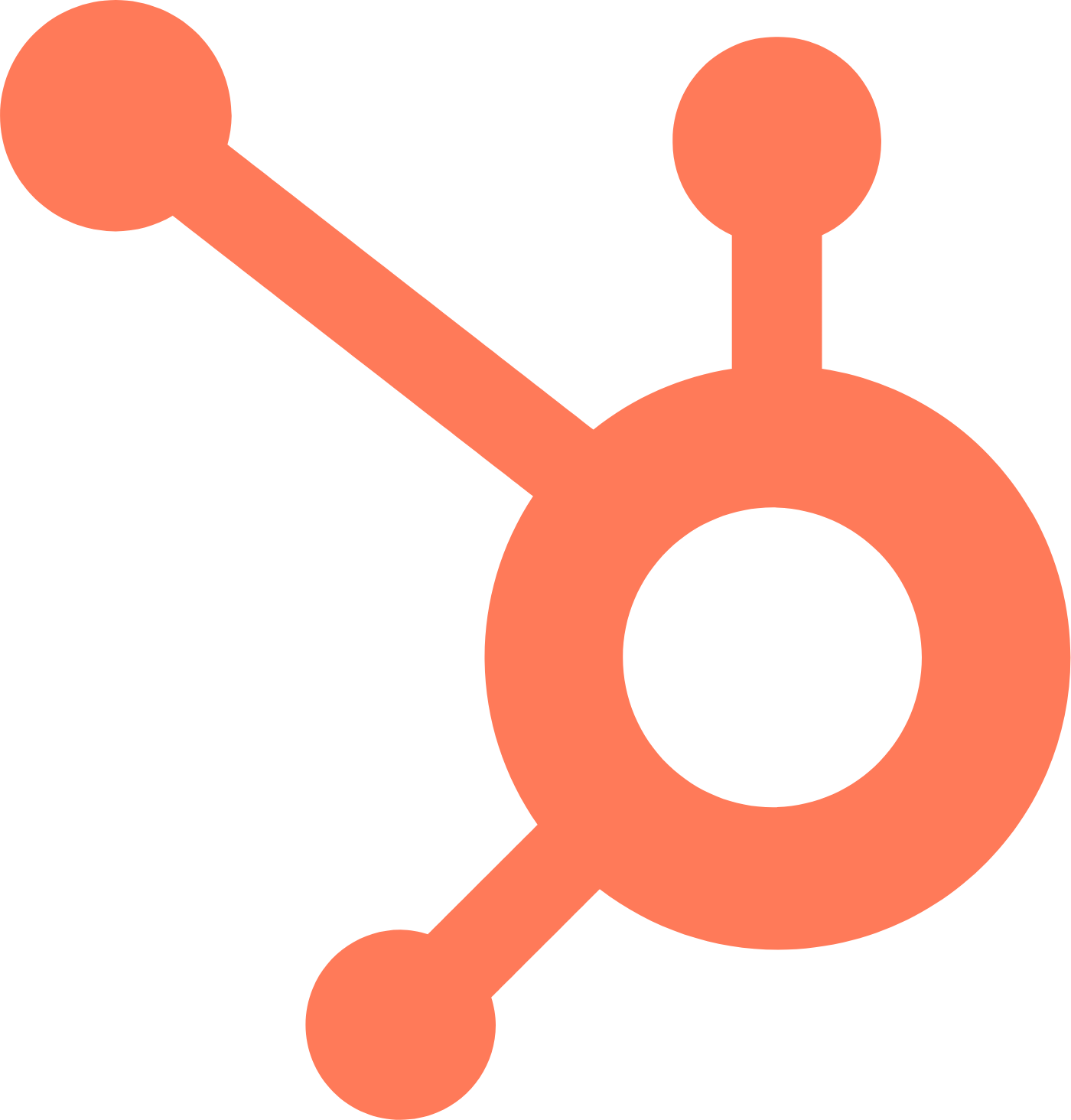The total number of meetings booked is a common metric used to measure sales performance, but what good is a meeting if it doesn’t lead to future opportunities?
It doesn’t matter whether you’re an experienced account executive or just starting your career in a business development role, one of the first things you learn in sales is the importance of booking high-quality meetings.
Scheduling a sales call with all the necessary stakeholders and getting everyone to show up is ideal, but things don’t always go according to plan. This is another reality that most sales reps learn early on – prospects are notoriously flakey.
To help combat this, we’ve compiled 5 essential tips for booking meetings that prospects actually want to attend so you can spend more time selling, and less time dealing with no-shows.
How to book sales meetings that prospects want to attend
Regardless of whether it was a cold email or call, your initial interaction with a prospect was enough to land you a scheduled meeting, but there’s no guarantee that they will actually show up when it’s time to run the call. Although you may feel like you have no control over someone else’s willingness to listen to your sales pitch, there are a few simple things you can do to increase your chances of success.
Stay top-of-mind
If too much time has passed between interactions, your prospect may forget why they were interested in meeting with you in the first place. One way to help you stay top of mind and keep the prospect engaged is to provide ongoing value in the form of content or a nudge on social media.
Engage with them on a social media platform they are active on. This could be as simple as connecting on LinkedIn and tagging them in a thought-leadership post or following them on Twitter. Consider using a customer relation tool that can help you manage when you contact them.
If they don’t have much of a presence on social media, try following up via email and sharing a piece of content that they may find relevant.
Related Post: A Complete Guide to Sales Prospecting
Make sure you’re targeting the right point of contact
One of the quickest ways to get a no-show meeting or a disengaged prospect is to have the wrong point of contact on the call. For example, let’s say you’re targeting decision-makers that work in finance, but you booked a meeting with an entry-level analyst. There’s a good chance you don’t have the right person on this call for it to be productive.
That prospect could still have an interest in learning more about your product or service, but it’s likely that other stakeholders will need to get involved to move the deal along. You should aim to get all the right people on the first initial call. This can speed up the sales process significantly.
Include an agenda
It’s safe to say that nobody likes unproductive meetings, especially if it’s a long-winded sales demonstration. Show the prospect that you value their time and have a well-thought-out plan for your meeting by including an agenda. It’s a good idea to include this agenda in the calendar invite that you send to the prospect. Keep it brief and simply outline exactly what you plan to cover on the call. This way, they have a good idea of what to expect, come prepared with questions, and can ask you to make an adjustment if there’s something else they want to cover.
Send reminders
Sending a reminder is a simple, but often overlooked step in the sales process. An email reminder should be sent to the prospect about 24 hours before the meeting. The message can be as simple as sending the calendar invite with a brief message such as “Looking forward to connecting tomorrow!” or it can be more thoughtful, such as sharing a piece of content such as a blog article or a webinar.
If the prospect was already planning to attend, an email reminder is a polite way to let them know you’re looking forward to the meeting. If the prospect was possibly going to reschedule, a reminder gives them a window of opportunity to make the necessary changes now, instead of potentially no-showing or trying to reschedule last minute.
Many sales teams rely on email tracking software to keep tabs on their open rates. Knowing this information helps the sales rep understand how to move forward. If your email was never opened, the prospect may already be disengaged and you should follow up with a phone call or a more personalized message.
Be mindful of timezones
Unless your company only targets a local audience, there’s a good chance that at least some of your prospects will be based in a different timezone. When booking the appointment, suggest times that will accommodate your prospect and their schedule. Depending on where you are located, this might be easier for some time zones and more difficult for others. If a meeting is important enough, find a way to make it work for both parties.
Final thoughts
There’s no way to tell whether or not a prospect will actually show up for a meeting. However, there are little things you can do beforehand to ensure that you’ve communicated the value of your offering and encourage them to be present. Otherwise, you could be wasting too much time scheduling meetings. With these tips in mind, you’ll be well on your way to booking higher quality meetings that actually run and help move the needle on your goals.










